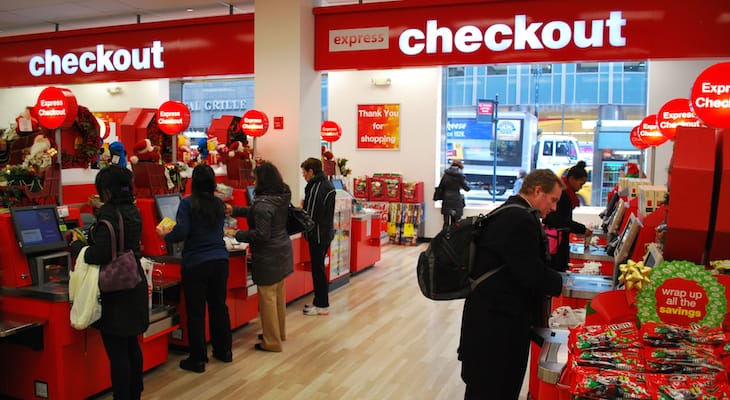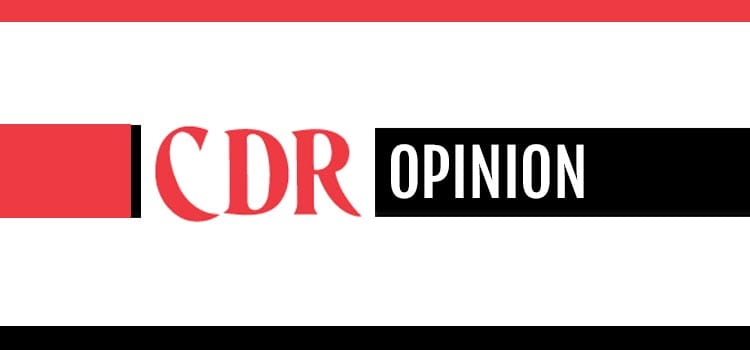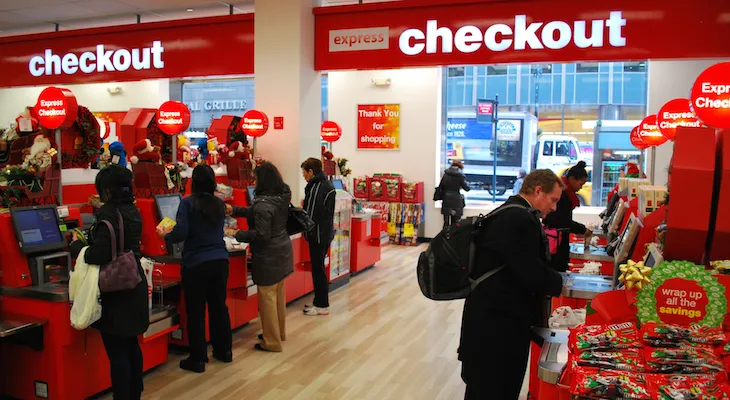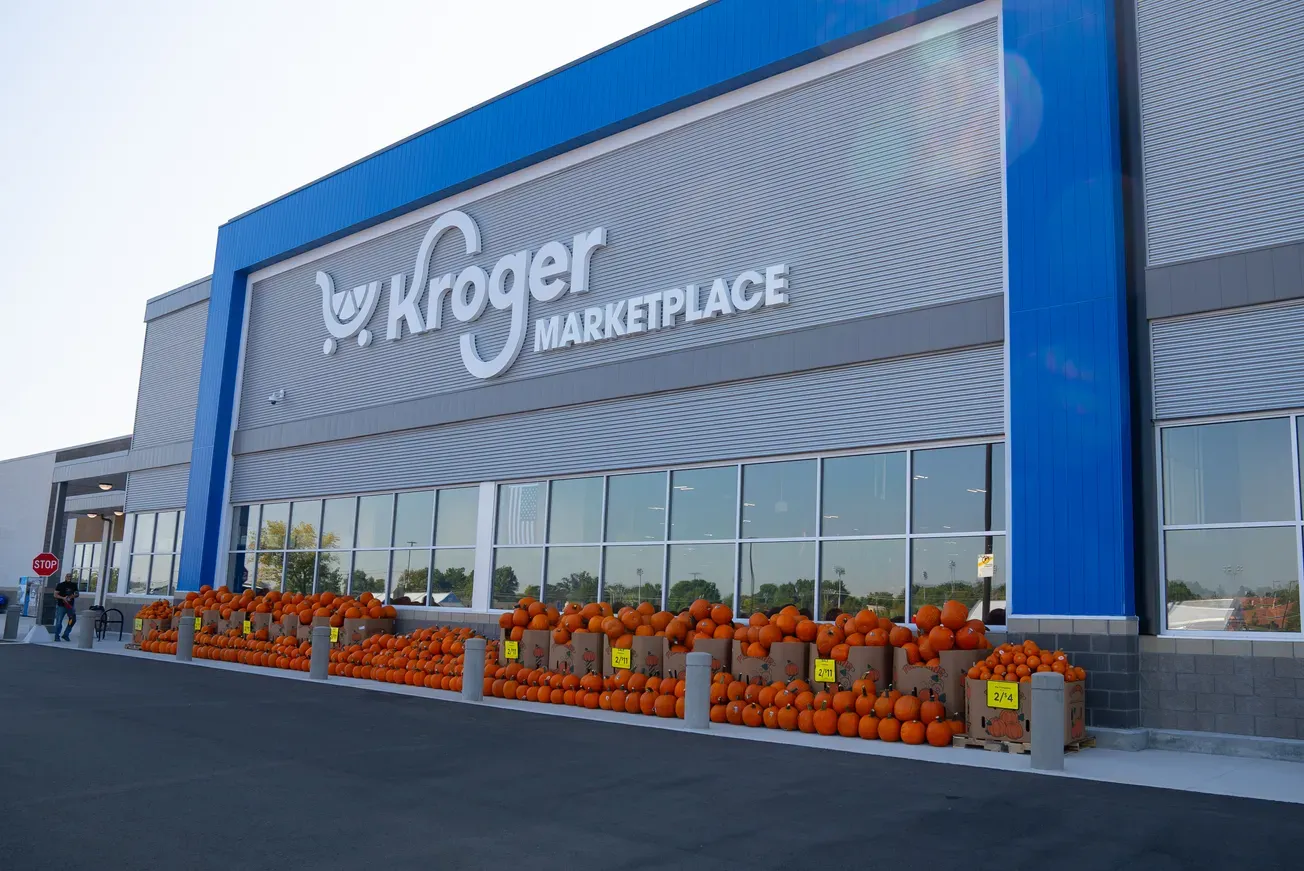
As the year nears its end, surprises continue to make news in chain drug retailing. Mostly, negative surprises.
Earlier this month, CVS downsized its headquarters staff by some 600 employees, stopping for a moment the retailer’s uninterrupted string of good news. Following that announcement, the Woonsocket, R.I.-based drug chain issued a warning that results might not be what the retailing community expected. Those claiming to know maintain that the disappointing news out of Woonsocket may continue on into the Christmas selling season — and beyond.
In Arkansas, word came that Carmen Bauza, one of Walmart’s truly bright lights, was leaving the company to join the interactive media retailer HSN Inc. as executive vice president and chief merchandising officer. As has been the case with so much that has occurred this year, the real news was not in the departure of one senior executive. Rather, it lay in the retail industry’s seeming inability to retain senior executives at a time of change, uncertainty and upheaval, a time when the old order of things is giving way to a new future, one in which the predictable is no longer the outcome.

No one, at this precipitous time, questions either CVS or Walmart or any of the other retail giants that have come to dominate the scene. CVS and Walmart have achieved industry dominance at a time when reaching this plateau is more difficult than ever. But along with this dominance has come a question not often asked in the past: What next?
Along with Walgreens, CVS has come to epitomize chain drug retailing in America. It literally, perhaps more than any other company, represents chain drug retailing in America and, more than that, what health care retailing in America can be.
Any list that includes prescription drug dominance begins with CVS. Any list of health care providers begins with CVS. The drug chain has proven, in a skeptical environment, that a traditional drug chain and a pharmacy benefits manager can function together, to the benefit of both.
Walmart, too, is at a pinnacle. It dominates U.S. retailing to a degree never achieved in the past. Its annual sales dwarf those of any retailer that ever opened its doors. Its momentary struggles are those confronted by any retailer — a fall-off in customer transactions, a tendency to sameness and lack of innovation, a slowdown in growth.
So the troubles the mass retailing community is currently wrestling with must lie outside the confines of individual companies. Perhaps it is the industry that’s changing. Perhaps the nature of competition is changing. Perhaps the standards of measurement are not what they were in the past, and sales are no longer the only — or even the most important — barometer of success.
Most of the positive retailing news these days is being generated by smaller retailers, niche companies that specialize in one product category or one group of categories. Maybe it’s becoming easier to specialize, to emphasize one area of a retail business. Maybe consumers can no longer countenance the challenge of shopping a retail store that offers all manner of product categories when all they want is one or two items in a specific category.
Citing the momentary speed bumps of CVS or Walmart is not meant to overlook issues in the remainder of the mass retail community. Target reportedly continues to struggle and to lose key personnel. Walgreens appears to remain a retailer in transition, still struggling to fill key personnel positions, while its acquisition of Rite Aid, announced so many months ago, awaits approval from the FTC.
Other, similar stories abound. Indeed, one has to reach into the ranks of online retailers to discover many legitimate success stories, and here too, Amazon is the only company that comes readily to the tongue. Only the grocery community, specializing in one broad product category, appears to be in a position to report solid 2016 results.
Perhaps mass retailing, and more specifically, chain drug retailing, will right itself before too long. Or perhaps the chain drug community we all grew up with will never be what it once was: retailing’s most exciting and progressive segment.







